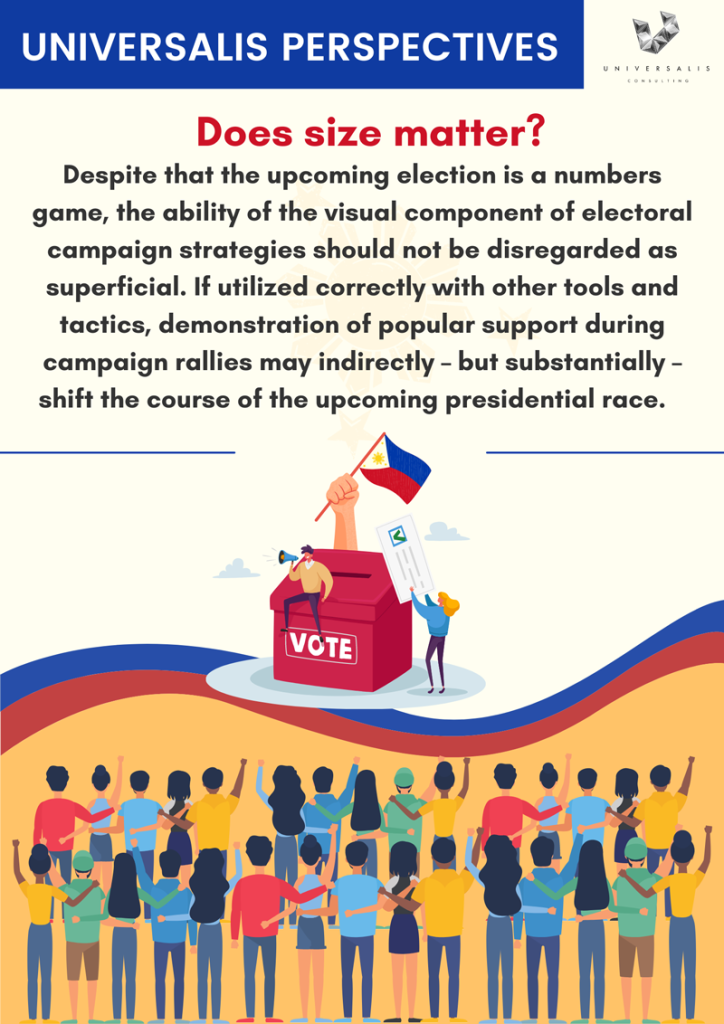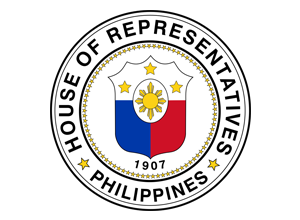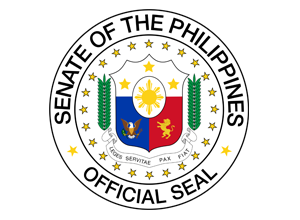Universalis Perspectives: Does size matter?
As the pandemic storm continuously subsides in the Philippines, the government has gradually relaxed restrictions on people’s gatherings. This gradual lifting of mobility restrictions has enabled various politicians to demonstrate the strength of their candidature through campaign rallies and caravans.
With less than a month left before the national elections, the previous weeks presented us episodes of mammoth gatherings of people showing their support for their preferred presidential bets.

From the perspective of media effects research, some experts confirm that campaign rallies and its sizes have an impact to audience perceptions. Referred as “impersonal effects”, the paradigm argues that media reports are instrumental in shaping the audience perceptions, feelings, and experience. These affected elements are assumed to also affect attitude and behavior in various areas of an individual’s lifestyle and choices. Following this assumption, it can be inferred that media reports and representation of campaign rallies play a significant role in influencing voter behavior and preferences.
This claim is not only an assumption. At present, some supporters of various presidential candidates are arguing that the size of campaign rallies are more authoritative indicators of potential presidential victory because the number of participants of these gatherings demonstrate the intensity of commitment among supporters.
In fact, certain circles of supporters argue in social media that the size of campaign rallies are more reliant and credible than the traditional surveys.
This claim is not only an assumption. At present, some supporters of various presidential candidates are arguing that the size of campaign rallies are more authoritative indicators of potential presidential victory because the number of participants of these gatherings demonstrate the intensity of commitment among supporters. In fact, certain circles of supporters argue in social media that the size of campaign rallies are more reliant and credible than the traditional surveys.
However, while the size of campaign rallies indeed stirs excitement and influence towards audience’s perceptions, we need to have a nuanced assessment about its impact towards voters’ behavior and preferences. Studies of US elections contradict the assumption.
A study on the 2000 US presidential race between George W. Bush Jr. and Albert Arnold Gore showed that the effect of campaign events towards voters’ choice must be linked with the electorate’s previously existing candidate bets, partisan and ideological affiliations, and political context.
In a more recent assessment on the effects of Trump’s campaign rallies as a populist leader, the results noted three important findings. First, campaign rallies produce only short-term effects for voters. Second, coverage of campaign rallies is not correlated to translation into higher number of votes.
However, while these studies challenge the perceived link between crowd support and voter behavior, we need to understand that the Philippine context is different and election behavior globally is impossible to be generalized.
Recent results of the Pulse Asia Survey surprised the camps of presidential candidates. While the presidential frontrunner still enjoys a wide lead, Bongbong Marcos suffered a four-point reduction from the previous survey (from 60% to 56%). On the other hand, contender Leni Robredo – who became phenomenal in the previous weeks because of her massive pink rallies – accelerated her ratings by garnering 9 additional points from her previous performance (from 15% to 24%).
What does these recent results tell us? Political pundits and commentators are in a consensus that the second leading candidate is currently enjoying a considerable momentum. Some affirmed that the ground swelling of support during campaign rallies is now taking effect among Filipino voters. But, how and why? While it is difficult to measure the extent of the impact of the size of campaign rallies to voter behavior and preferences, here are some points to consider.
First, massive attendance in campaign rallies generate curiosity. Why participate in a campaign rally despite scorching heat or drenching rain? Why do fishermen, farmers, indigenous people, and the marginalized sectors pledge their allegiance to this candidate over the other?
Second, the size and energy of the crowd project a message regarding the profile of the candidate. What’s with this candidate? Why are his/her supporters truly committed to his/her presidential bid? Despite the wide margin, why are his/her supporters determined to challenge the frontrunner?
Third, massive rallies catch media attention, and media coverage affects audience’s perception. While the impact of media coverage depends on how the receiver processes the information, the consistent coverage of campaign rallies produces repetition and name recall towards viewers. Such is an important milestone in every advertising or marketing efforts.
Fourth, the energy, commitment, and consistency of massive campaign rallies also sends a message to other political leaders to reconsider their allegiance. In fact, the immediate switch of local political leaders and clans from one presidential candidate to another is a signifier regarding the impact of these ground swelling reports. In the case of Philippine elections, while endorsements from local politicians do not guarantee electoral victory, they are instrumental in order for a candidate for a national post to generate a network and machinery to obtain more votes from certain localities.
Consequently, because of these opportunities, other presidential candidates lately have also resorted to this avenue to demonstrate popularity and strength.
However, despite the hype given by these rallies, presidential candidates must not only rely with the superficial effects produced by media coverage of their campaign rallies. Other communication strategies must be utilized. One of them is the efficacy of bottom-up campaigning strategy. While this strategy is not novel, it is necessary for candidates to take this option seriously. In the case of referenda, one expert opinion argues that bottom-up campaigning produces the feelings of empowerment in a target audience. In addition, personal conversations during house-to-house campaign were proved to significantly affect voters’ choice.
With less than a month left before the elections, the results of electoral surveys in the coming weeks before May 9 will prove whether crowd sizes during campaign rallies affect voting behavior and preferences. Despite that the upcoming election is a numbers game, the ability of the visual component of electoral campaign strategies should not be disregarded as superficial. If utilized correctly with other tools and tactics, demonstration of popular support during campaign rallies may indirectly – but substantially – shift the course of the upcoming presidential race.


